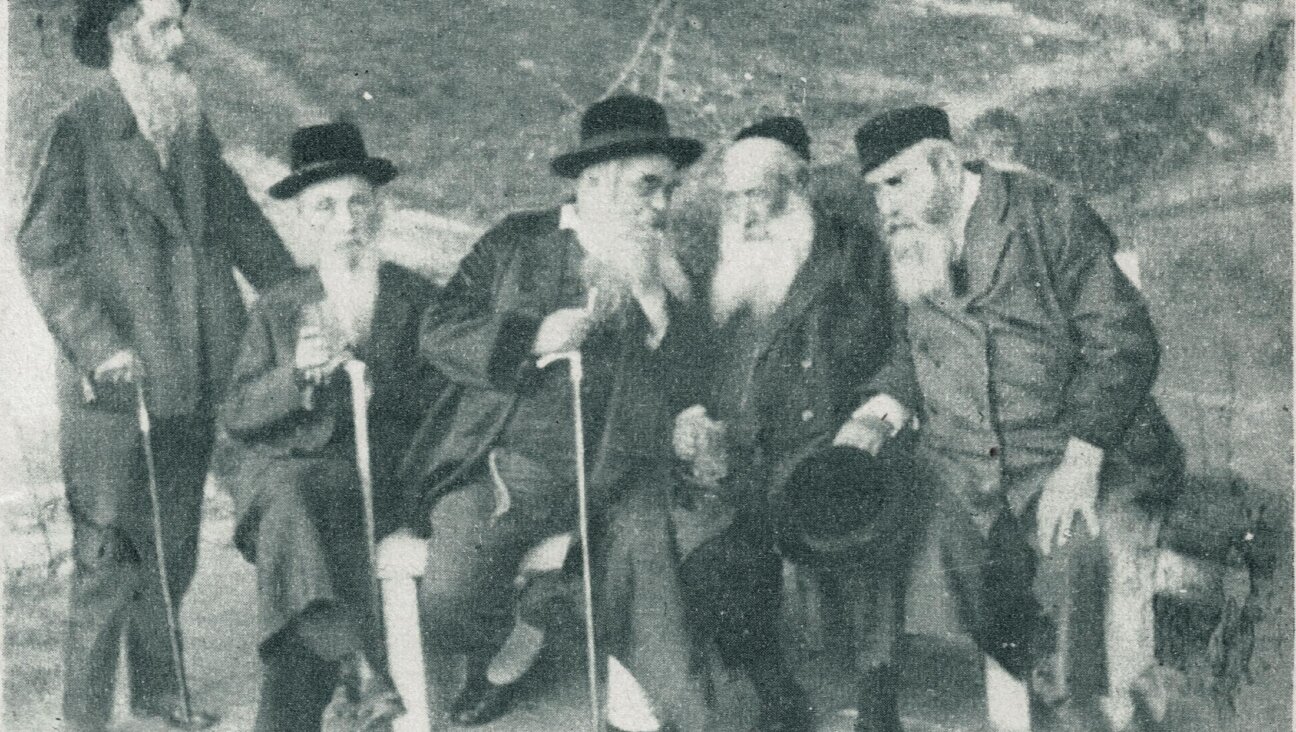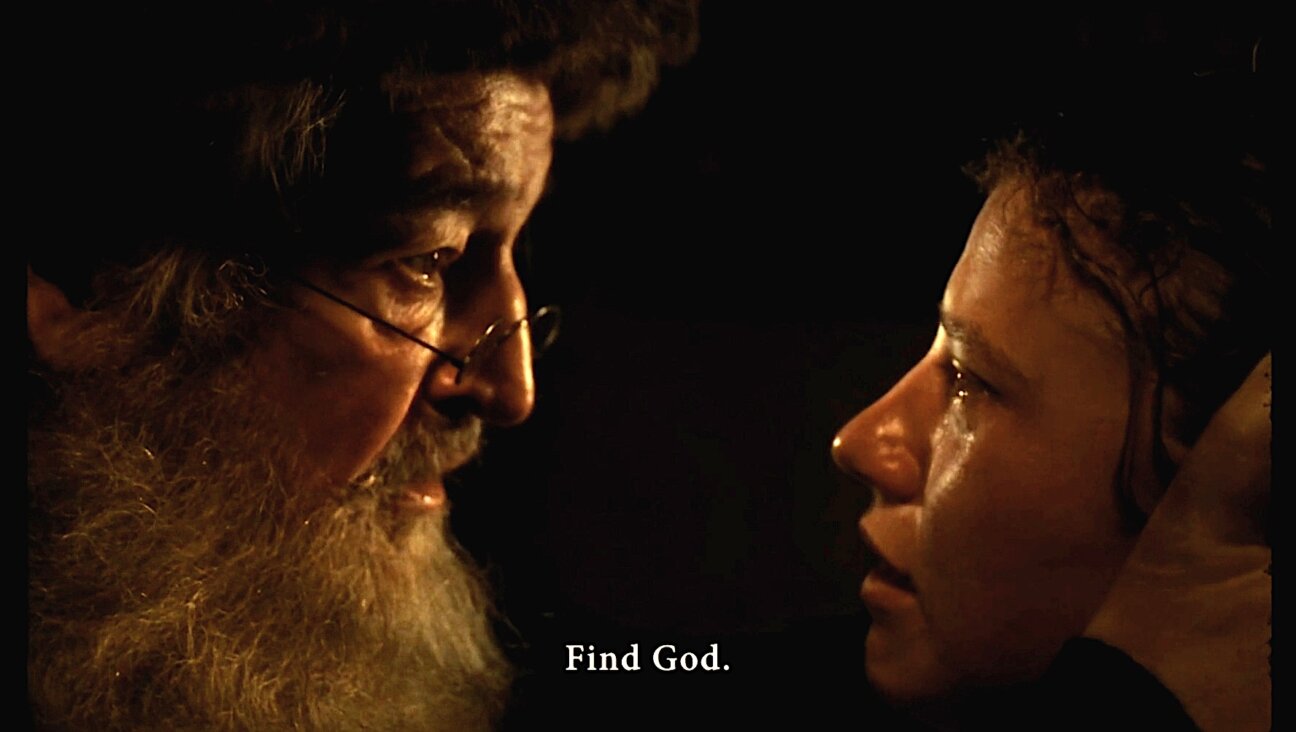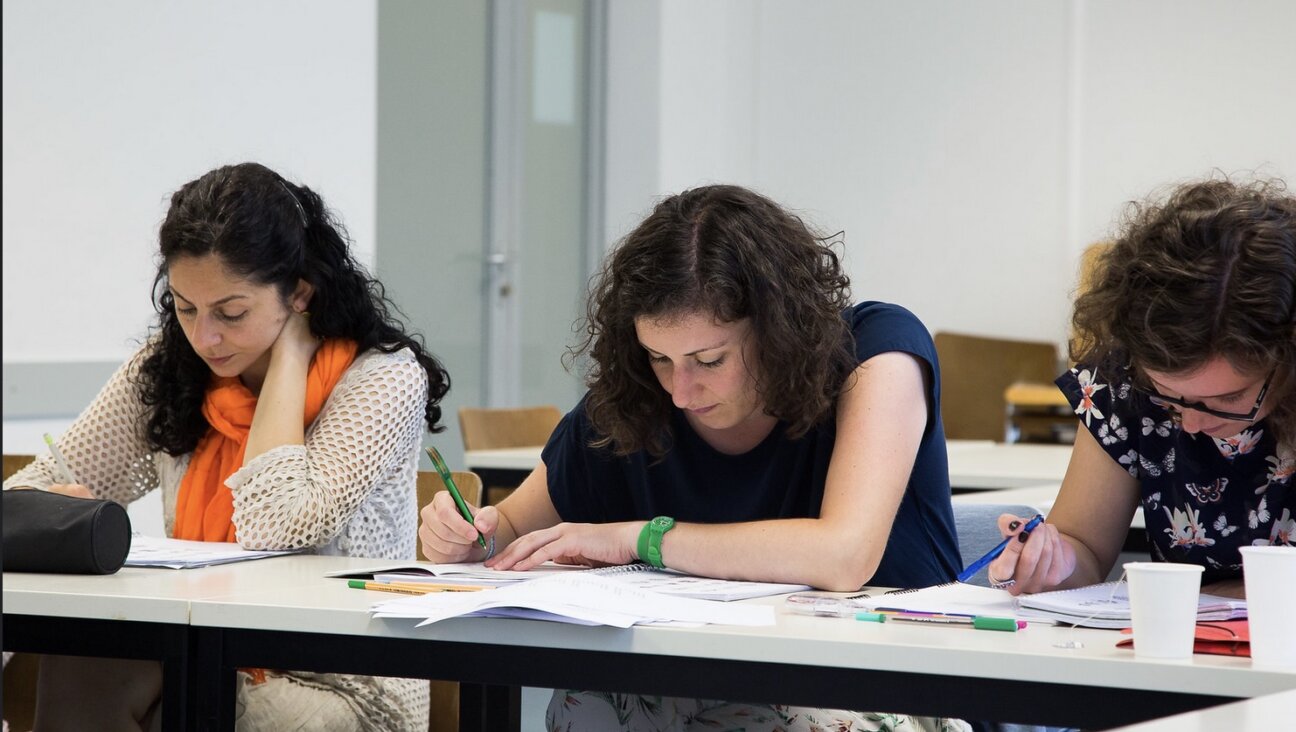Rekindling our Jewish friendships
The wonderful thing about old friends is that they knew our parents as young adults and they even remember our childhood rooms.

Photo by pexels
There’s an old Yiddish proverb: Af a tserisener frayndshaft ken men keyn late nit leygn — you can’t sew a patch on a torn friendship. Well, that may be up for debate, but what if the friendship isn’t torn but only petered out? And what if, after many years, you actually reconnect with someone from your past and that long-ago flicker rekindles itself? Does that qualify as an old friendship, a new(er) friendship or — a word we used a lot during the pandemic — a hybrid?
We humans gravitate to others of like mind. As yidn in di yorn (Jews getting on in years), we’ve amassed companions from a variety of venues: work, our kids’ school, a book club, a cause we’re involved with, our shul. This is part of the bounty of a long and active life.
But, especially as we age, it’s hard not to be curious about those who peopled our world before we were fully launched. What happened to those schoolmates or campmates we were once in such close contact with? Where did they move to when they left our orbit? Did they make a happy life for themselves?
I’m lucky to have reconnected with several old friends who are now fixtures in my social orbit. One came about unexpectedly, when my husband and I were leaving a performance of a Yiddish operetta at Harvard (sounds like an oxymoron but that’s what it was!). As we walked back to our car, I passed someone on the sidewalk who looked like a dead ringer for an old friend from childhood, Beth Adelman. Before I could stop myself I turned to her and said, “Beth?” and she looked at me and said, “Mara?” and it was love at second sight.
Several years later I got to wondering about an old high school friend, Rami, with whom I’d lost touch. I googled her and saw that she was living in Brazil. Case closed. But after we moved to Newport, Rhode Island during Covid, something compelled me to check on her again. This time I saw that she had moved. Now she was living in West Hartford, Connecticut. I called the phone number and when she heard who it was, we both screamed for joy. Later, she and her husband drove down to Newport, and our husbands got to know each another perhaps a bit more than they expected, as she and I gazed joyfully at each other and couldn’t talk fast enough.
What is it about old friends that is different from new ones? They remember our parents as energetic adults, younger than we are now. Like us, they were kind to — or annoyed with — our younger siblings. They remember our childhood rooms.
We can’t be young again, but reconnecting with someone from our past offers a momentary byroad into long-ago scenes that might otherwise stay forgotten.
At a reunion of the Yiddish culture camp, Boiberik, for example, I saw a former best friend of mine, Vita, for the first time in years. We have been faithful email correspondents since. In her most recent email, she wrote: “We had wonderful sleepovers, playing trolls in your bottom cabinet. No expensive dollhouses for us!” Do I remember those trolls? Yes. Do I remember playing with them in my bottom cabinet? Not exactly, nor can I conjure up the cabinet she meant. But I can surely imagine the scene that Vita describes, and I’m grateful it made such an impression on her. Thinking of my childhood shared with someone else makes it less ephemeral, less like a long-ago mirage.
Which reminds me of another proverb: Eyn alter fraynd is beser fun tsvey naye (One old friend is better than two new ones). Like the opening proverb, this too is up for debate. We make many friends along our adult path, and we need them all.
Yet there is something sweet and mellow about those who knew us at a different stage, and can bring some of that — often less complicated — time and place into our current reality. We see in their faces the traces of a time when we just horsed around, dreamed big, and hadn’t a clue yet what hand we’d be dealt.
A message from our Publisher & CEO Rachel Fishman Feddersen

I hope you appreciated this article. Before you go, I’d like to ask you to please support the Forward’s award-winning, nonprofit journalism during this critical time.
At a time when other newsrooms are closing or cutting back, the Forward has removed its paywall and invested additional resources to report on the ground from Israel and around the U.S. on the impact of the war, rising antisemitism and polarized discourse.
Readers like you make it all possible. Support our work by becoming a Forward Member and connect with our journalism and your community.
— Rachel Fishman Feddersen, Publisher and CEO





























